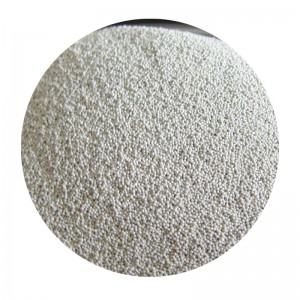The Art of Sanding Glazed Ceramics
In the realm of ceramics, the interplay between texture and glaze plays a pivotal role in the aesthetics and functionality of a piece. Sanding glazed ceramics is an art form that not only enhances the visual appeal of the pottery but also improves its tactile quality. This delicate process, while seemingly simple, requires an understanding of materials, techniques, and the desired outcome.
Glazed ceramics are characterized by their shiny and smooth surfaces, often resulting from the application of a glass-like coating during the firing process. These glazes can take on a plethora of colors and finishes, making them popular choices for both functional tableware and decorative items. However, imperfections such as drips, uneven surfaces, or blemishes can detract from their beauty. This is where sanding comes into play.
Sanding glazed ceramics involves the careful abrasion of the surface to create a smoother finish or to refine specific details. The process starts with selecting the appropriate sandpaper. Coarse-grit paper is ideal for removing larger imperfections, while finer grit is better suited for achieving that ultimate smoothness. Artists often begin with medium grit to tackle any obvious flaws before progressing to finer options.
Before beginning the sanding process, it is crucial to prepare the piece properly. The pottery should be fully cured and cooled after firing; attempting to sand unfired or improperly cured ceramics can result in cracks or shattering. Moreover, any sanding should be done in a well-ventilated area, as fine dust from both clay and glaze can be harmful if inhaled.
sanding glazed ceramics

The actual act of sanding requires a gentle touch and patience. It’s common to use circular motions, which help distribute pressure evenly across the surface, preventing uneven wear. A sanding block or sponge can provide better control and reduce the risk of over-sanding certain areas. Regularly checking for smoothness will help avoid going too far and damaging the glaze.
Once the sanding is complete, the piece should be cleaned to remove any dust residues. This can be accomplished with a damp cloth, ensuring that all particles are wiped away. After cleaning, some artisans choose to apply a new layer of clear glaze to enhance the surface and provide a fresh finish. This requires a careful re-firing process and a good understanding of how multiple glazes interact with each other.
The benefits of sanding glazed ceramics extend beyond aesthetics. Sanding can improve the functionality of pieces, particularly when it comes to tableware. A smooth surface is not only visually pleasing but can also enhance the user experience by making it easier to clean and less prone to harboring bacteria.
In conclusion, sanding glazed ceramics is an essential skill for pottery makers seeking to elevate their work. It combines artistry with technique, allowing for the refinement of surfaces that can transform a good piece into a great one. With the right tools and a careful approach, artists can unlock the full potential of their ceramic creations, making each piece not only a work of art but also a functional item to cherish.
Post time:Aug . 29, 2024 07:51
Next:Cerabeads Sand - High-Performance Ceramic Beads for Industrial Applications
